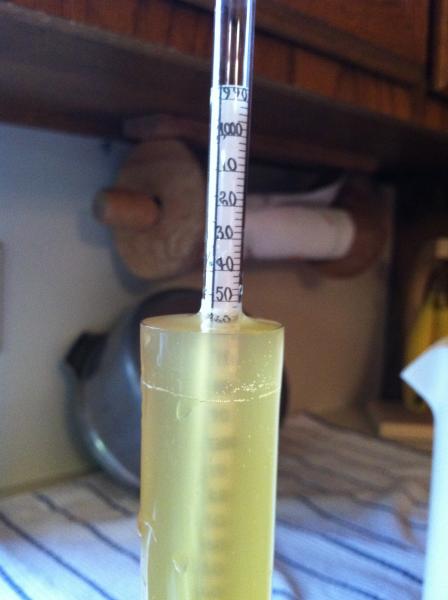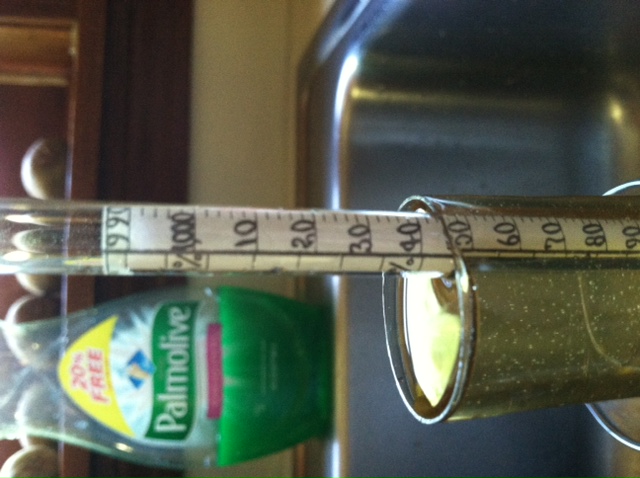yeastpoopshardcider
Member
I put 5 gallons of unpasteurized local cider into primary fermentation on or around March 5th. I decided to allow the natural yeast to run wild so I did not add any yeast to the cider, but I did add 5 lbs of sugar (sugar slowly heated with 1 gallon of the cider and then returned to the pail). I then left the cider alone, keeping it in an area between 60 and 75 degrees for about 2 weeks and then moved into an area that was closer to 60 degrees. As the ferocious burping slowed down, at about 3 weeks, I began to worry about leaving the cider in primary too long. So, without testing it with a hydrometer, I moved the cider into my secondary glass carboy. However, this process caused the cider to become jostled (rookie mistake) and so I was left with quite a bit of sediment at the bottom of the carboy. I consulted with my local beer and wine store and they suggested moving the cider again (this time with an auto-siphon) leaving the sediment behind. I did this and put in 5 camden tablets (upon their suggestion) to lower the potential dangers of moving the cider around too much. Now for my question.
At this point, I took a sample of the cider and put it in my hydrometer. It is around the 60 mark, which means 1.06? Now, from what I understood at the store, 5 lbs of sugar would have increased my original gravity to maybe 1.09 or 1.1 and 1.06 would have been my OG without adding sugar. Does that sound correct? What should I do now? Is a month too long for the natural yeast to continue working on the sugar? Should I move the carboy to a warmer spot than my basement? I mean, it already tastes great, but its very sweet with a kick. Do I have to add yeast (I really don't want to)? Can I bottle it now and keep it refrigerated so the bottles don't blow up?
So many questions, but I'm very new at this. Am I overthinking it?

At this point, I took a sample of the cider and put it in my hydrometer. It is around the 60 mark, which means 1.06? Now, from what I understood at the store, 5 lbs of sugar would have increased my original gravity to maybe 1.09 or 1.1 and 1.06 would have been my OG without adding sugar. Does that sound correct? What should I do now? Is a month too long for the natural yeast to continue working on the sugar? Should I move the carboy to a warmer spot than my basement? I mean, it already tastes great, but its very sweet with a kick. Do I have to add yeast (I really don't want to)? Can I bottle it now and keep it refrigerated so the bottles don't blow up?
So many questions, but I'm very new at this. Am I overthinking it?












![Craft A Brew - Safale BE-256 Yeast - Fermentis - Belgian Ale Dry Yeast - For Belgian & Strong Ales - Ingredients for Home Brewing - Beer Making Supplies - [3 Pack]](https://m.media-amazon.com/images/I/51bcKEwQmWL._SL500_.jpg)














































